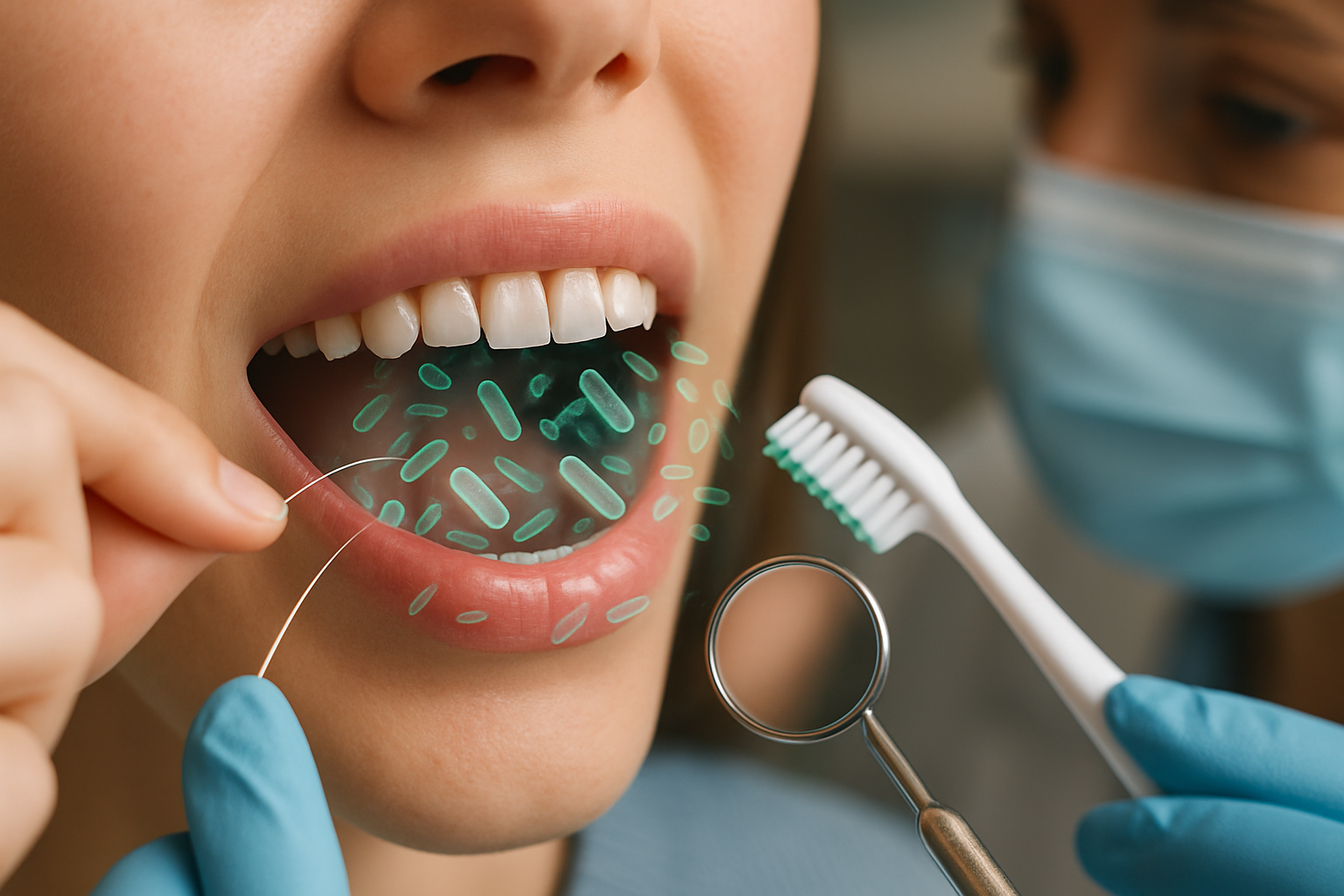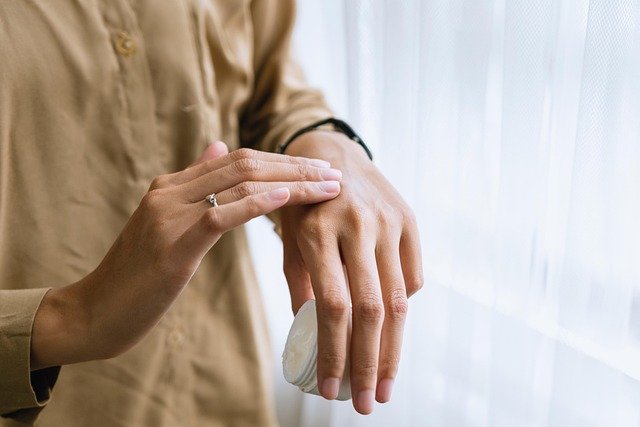Managing skin infection wounds: cleaning, dressings, and monitoring
Practical steps for managing skin infection wounds focus on proper cleaning, appropriate dressings, and careful monitoring to reduce complications. This article outlines woundcare basics, signs of worsening infection such as increasing redness or fever, when antibiotics may be needed, and how followup and telemedicine can support recovery.

This overview explains how to care for skin infection wounds using clear, evidence-based steps for cleaning, choosing dressings, and monitoring recovery. Proper woundcare reduces the risk that bacteria will spread and helps clinicians decide when antibiotics or other interventions are needed. The guidance here is practical for patients, caregivers, and clinicians managing wounds with symptoms such as redness, swelling, or warmth.
This article is for informational purposes only and should not be considered medical advice. Please consult a qualified healthcare professional for personalized guidance and treatment.
How is diagnosis established for a skin infection?
Diagnosis of a skin infection typically begins with history and physical examination focused on local signs — redness, swelling, warmth, pain — and systemic symptoms such as fever. Clinicians assess riskfactors including recent trauma, insect bites, chronic skin conditions, lymphedema, or diabetes. When the diagnosis is uncertain or severe, wound swabs, blood tests, or imaging may be used to rule out abscess, deep tissue involvement, or alternative causes. Early diagnosis guides woundcare choices and whether oral or intravenous antibiotics are required.
How should wounds be cleaned to reduce bacteria?
Effective cleaning removes debris and reduces the bacterial load without damaging healthy tissue. Start by washing hands and using clean gloves. Rinse the wound with potable water or saline; avoid harsh antiseptics for repeated use on open wounds unless directed by a clinician. Gently remove visible foreign material and crust with sterile gauze. For larger or contaminated wounds, professional irrigation and debridement may be necessary. Proper cleaning supports healing and can lower the need for systemic antibiotics when infection is limited.
Which dressings are appropriate for infected wounds?
Dressing choice depends on wound characteristics: exudate amount, presence of necrotic tissue, and the need for moisture balance. For superficially infected wounds, non-adhesive absorptive dressings or antimicrobial dressings (silver-impregnated or iodine-based, when indicated) can help control bioburden while maintaining a moist environment. Change frequency should follow clinician instructions and wound status — more frequent changes if heavy drainage or foul odor develops. Secure dressings to protect the area from further contamination and monitor surrounding skin for increased redness or maceration.
When are antibiotics needed and what about antibiotic stewardship?
Antibiotics are indicated when infection is spreading, systemic signs (fever, chills) are present, or when there is deep tissue involvement or immunocompromise. Empiric antibiotic selection targets likely bacteria, commonly streptococci and staphylococci, and should be narrowed based on culture results when available. Antibioticstewardship principles apply: use the narrowest effective agent, appropriate dose and duration, and reassess frequently. Overuse increases resistance risk; followup evaluation helps determine if antibiotics can be stopped or adjusted.
What signs suggest a wound is worsening and needs urgent care?
Worsening signs include expanding redness or swelling, increasing pain, warmth extending beyond the wound margin, the appearance of streaking (lymphangitic spread), persistent or high fever, new confusion, or rapidly spreading tissue breakdown. Development of pus or a fluctuating lump may signal an abscess that requires drainage. If any of these occur, seek prompt medical evaluation; clinicians may perform reassessment, obtain cultures, escalate antibiotics, or arrange drainage or surgical consultation.
How can prevention, followup, and telemedicine support recovery?
Prevention focuses on addressing riskfactors: timely treatment of cuts, good skin hygiene, managing chronic conditions (like diabetes), protective footwear, and moisturization to prevent cracks. Followup is essential to confirm healing, adjust woundcare or antibiotics, and identify complications early. Telemedicine can facilitate interim assessments — photos and video visits allow clinicians to monitor redness, swelling, and drainage and advise on dressing changes or when in-person care is needed. Clear followup plans reduce missed deterioration and improve outcomes.
Conclusion
Managing skin infection wounds requires systematic cleaning to reduce bacterial contamination, appropriate dressings to support healing, and vigilant monitoring for signs of progression. Diagnosis and decisions about antibiotics depend on clinical severity and riskfactors, while antibioticstewardship aims to limit unnecessary use. Regular followup, including telemedicine where suitable, helps detect complications early and adjust care. When in doubt, seek evaluation from a qualified healthcare professional to ensure safe, effective treatment.






